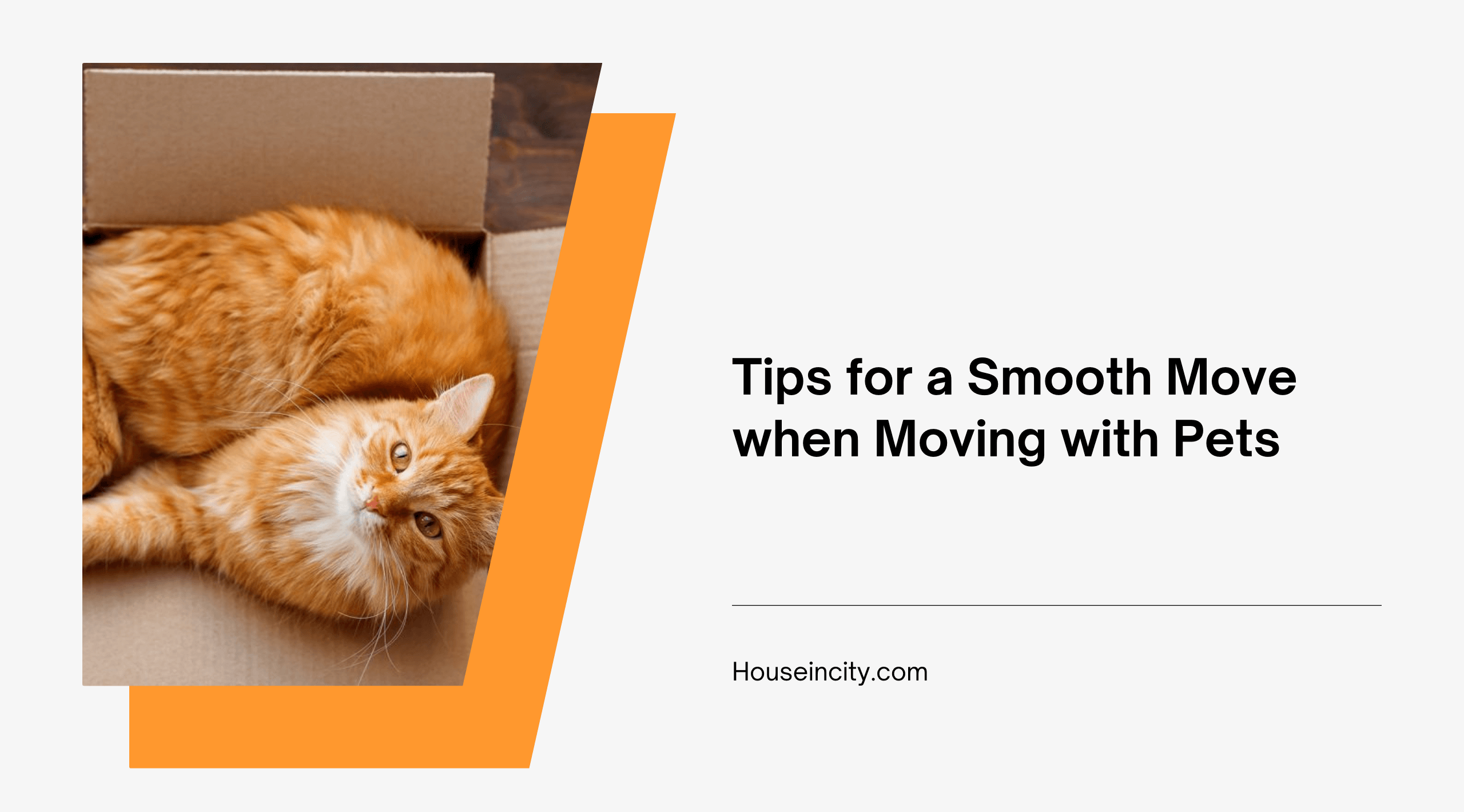Moving pets can be a challenging experience, but planning ahead can make the move as smooth and easy as eating a pie.
A pet, just like a human, will be anxious when faced with the unknown or unfamiliar. As the pet can not be told that you are moving, you will need to pre-empt the pet by carrying out activities which will make it comfortable with the idea of being on the move.
For the pets which are already familiar with being moved about in the car, there should be no major issues when it comes to the moving itself. For pets that do not normally get moved about in the car, some preparation must be carried out to help reduce anxiety in the pet when the moving day arrives. You will need to get the pet being used to being moved in a vehicle.
Start with short trips and get the pet used to being left alone in the vehicle for some time. Pets can easily die if left in a vehicle during a hot day, so take note.
One of the most important things to do is to ensure that the pet’s food is not changed during or just after the move. Unfamiliar food may make the pet ill which could make the trip quite challenging to the owner.
The pet’s bedding and toys should not be packed with the rest of your property. These should be left out and moved with the pet so that the pet will have something familiar close by during the move to reduce the anxiety the move will cause.
You need to consult with your regular vet ahead of the move. If the vet thinks that the pet may need sedation, they can provide you not only with the appropriate sedative and attendant instructions on how to deliver it to the pet but can also give you the advice on how to treat your pet during the move.
Pets can and do get lost. As you will be moving take a few pictures of your pets. These will assist in easy identification should they get lost during or just after the move. You may also want to get your pets’ name tags and add your contact details or those of your friends or relatives.
By planning ahead and taking just a few common sense precautions, moving your pet can be very easy. Failing to do so could result not only in distress to the pet, but to you as well. You may even lose the pet permanently.
Your pet is valuable to you and therefore needs your utmost care, especially during a move when the pet is likely to feel the least secure as it will not be aware of what is going on.
